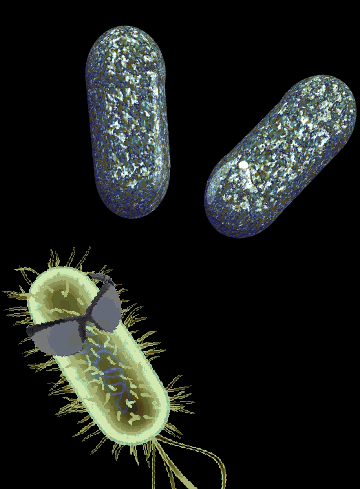New bug kills waste bacteria

Wastewater treatment plants are often plagued by operational problems caused by foam created by the bacteria Gordonia amarae.
That bacterium reduces the quality of effluent and creates a hazardous work environment at the plant, costing industry billions of dollars each year.
But a solution could be found in new research from LaTrobe University, which focuses on ‘bacteriophages’; viruses that infect and kill bacteria.
“Through our work to isolate a phage that will target G. amarae, we accidentally stumbled across another potential solution - a previously unknown microscopic parasite attached to the bacterium,” says LaTrobe’s Associate Professor Steve Petrovski.
His team sequenced G. amarae’s genome and identified previously unknown defence mechanisms which explained why the bacteria is so difficult to combat with bacteriophages.
“But the microparasite, which we have named Mycosynbacter amalyticus, latches onto G. amarae and in fact kills it. This may represent a promising biocontrol strategy to prevent wastewater foaming,” A/Prof Petrovski said.
“Some organisms related to G. amarae can also cause disease in humans and animals such as nocardiosis and bacteremia, and this novel ultrasmall bacterium could potentially be the cure.”








 Print
Print